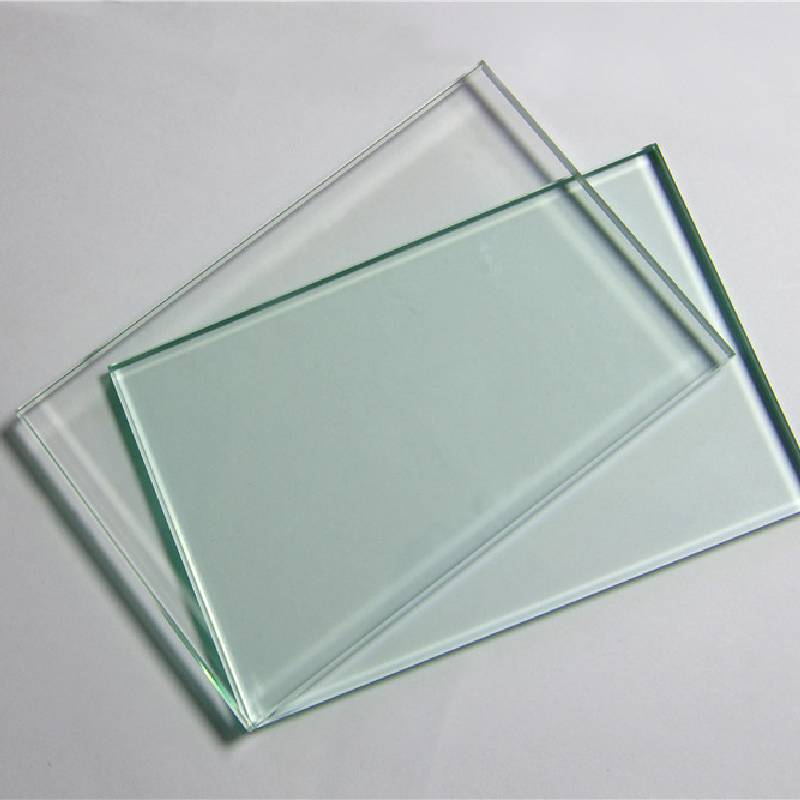

The Beauty of Decorative Stained Glass A Timeless Art Form
Stained glass has long captivated our imaginations, serving as a vibrant medium for artistic expression and symbolic storytelling. Originating in the early centuries of the Christian era, this art form has evolved through the ages, adapting to various architectural styles and cultural influences. Today, decorative stained glass remains a beloved craft that combines artistry with craftsmanship, illuminating both sacred and secular spaces around the world.
At its core, stained glass is a fusion of colored glass pieces, often assembled into intricate designs to form windows, skylights, doors, lampshades, and even partitions. The stunning array of colors and textures available in stained glass allows artists to portray scenes, patterns, and even abstract ideas. From the rich jewel tones of medieval churches to the modern interpretations seen in contemporary art installations, the allure of decorative stained glass lies in its ability to transform light into a source of beauty and inspiration.
One of the most remarkable features of stained glass is its interaction with light. As sunlight streams through, the colored glass refracts, casting vivid patterns onto the surfaces of the interior space. This enchanting play of light not only creates a mesmerizing visual effect but can also evoke a range of emotions. Many historical cathedrals, such as the Notre-Dame in Paris or the Chartres Cathedral, utilized stained glass windows to convey biblical stories to congregants, turning light into a language of its own. Each panel tells a story, guiding viewers through the narratives of faith and history.
The processes involved in creating stained glass are as intricate as the final product. Artisans traditionally begin with a design, often called a cartoon, which outlines the intended visual representation. Each piece of glass is carefully cut, shaped, and assembled based on this template. Lead came, or copper foil, is then used to join the individual glass pieces, allowing for flexibility in the design. Finally, the panes may be treated with various techniques such as painting, etching, or sandblasting to enhance details and depth. This meticulous craftsmanship requires not only artistic skill but also a deep understanding of materials and light.

Throughout history, stained glass has been utilized in various architectural styles. The Gothic period is perhaps the most iconic, with its towering cathedrals adorned with majestic stained glass that draws the eyes upwards and invites admiration. However, the Art Nouveau movement of the late 19th and early 20th centuries saw a resurgence of this craft, as artists began to explore more organic forms and intricate ornamentation. Today, contemporary artists continue to innovate, integrating stained glass into modern designs and public art, ensuring this age-old technique remains relevant.
Beyond religious buildings, decorative stained glass has found a place in homes, offices, and public spaces. Homeowners often commission unique pieces that reflect personal stories or enhance their interior aesthetics. These installations not only serve as beautiful visual focal points but also encourage an emotional connection to place and history. Furthermore, stained glass has also made its mark in the world of commercial design, where businesses use it to create inviting atmospheres that captivate clients and customers.
In addition to its aesthetic appeal, the revival of stained glass as a medium has encouraged artisans to address environmental sustainability. Many contemporary stained-glass artists are increasingly focusing on eco-friendly practices, opting for recycled glass and materials sourced from responsible suppliers. This shift reflects a broader trend in the arts, where sustainability plays a crucial role in the creative process.
In conclusion, decorative stained glass is a timeless art form that transcends epochs and cultural boundaries. Its ability to interplay with light, convey meaning, and enhance spaces makes it a unique and enduring craft. Whether found in the hallowed halls of a historic cathedral or in the intimate corners of a modern home, stained glass continues to enthrall and inspire. Through the skill and imagination of artisans, this ancient craft not only preserves history and heritage but also brings warmth, beauty, and a sense of wonder into our everyday lives.